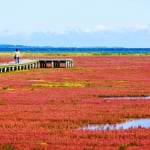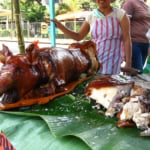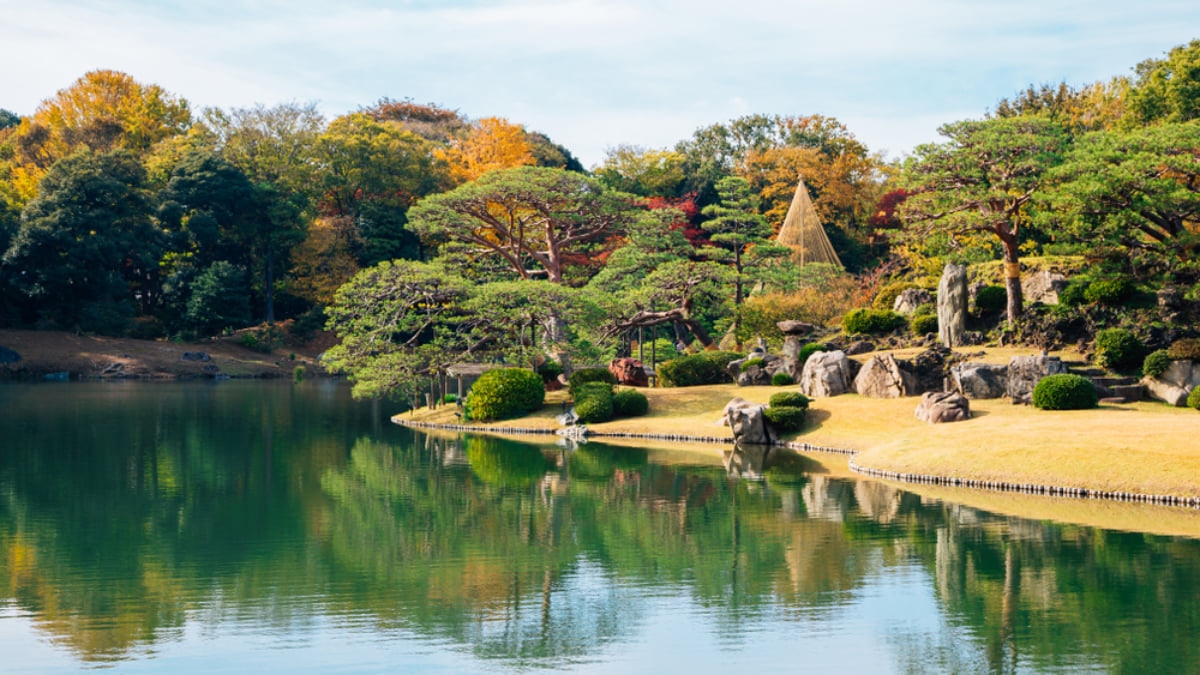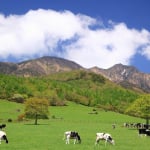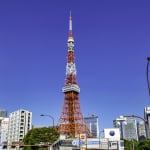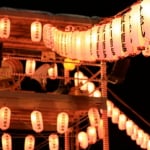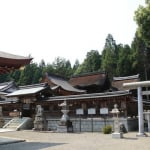Photo by Sanga Park/Shutterstock
The Top 7 Traditional Japanese Gardens in Tokyo
Traditional Japanese strolling gardens are also known as landscape gardens because they were designed to complement and enhance the natural terrain. These gardens were shaped by the aesthetics of the time as well as their former landlord's preference for things like a certain type of tree, love of literature or a fondness for the tea ceremony. Today these gardens are enjoyed much as they were hundreds of years ago, by enjoying the change in seasons, listening to the birds and taking in the scenery over a hot cup of tea.
table of contents
[x] close
The Top 7 Traditional Japanese Gardens in Tokyo
Tonogayato Gardens
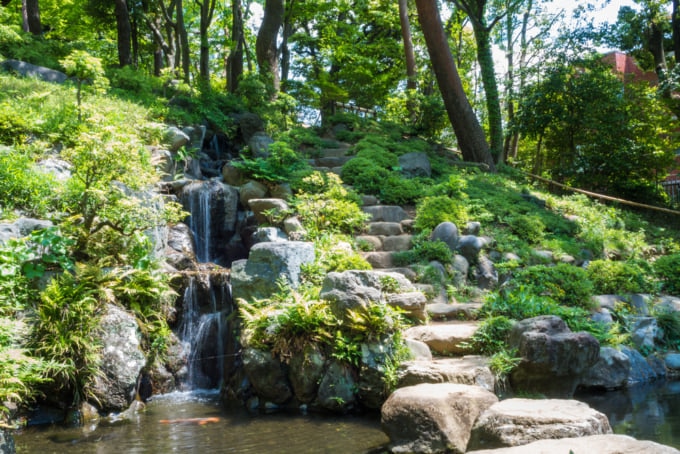
Photo by T.Kai/Shutterstock
This hundred-year-old garden was once part of the wealthy Iwasaki family's residence, the founders of the Mitsubishi Group. It was saved by passionate locals in the 1970s who campaigned to preserve it for future generations. Tonogayato is about four acres in size, and includes attractive water features fed by a natural freshwater spring in the pond. There is also a spacious lawn, a bamboo forest and a quaint little teahouse called Koyo-tei, which is available for private tea party rentals.
Happo-en
Happo-en is a beautifully designed landscape garden that is usually rented as a private venue for weddings and other large gatherings. However, the garden and its farm-to-table restaurants Thrush Cafe and Enjyu are also open to the public. As it is both a private and modern landscape garden, Happo-en is on the small side. However it's free to visit and includes many elements of traditional Japanese aesthetics like stone lanterns, wooden tea houses and a picturesque pond filled with colorful koi.
Kiyosumi Gardens
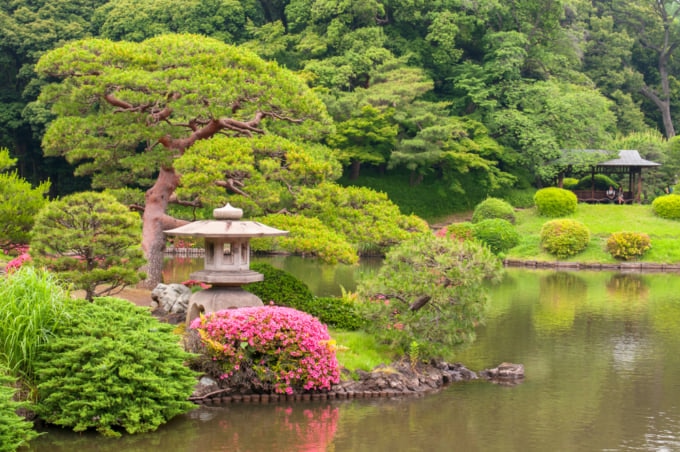
Photo by Cezary Wojtkowski/Shutterstock
Kiyosumi Gardens was once the residence of the local lord before changing hands during the Meiji Period and becoming private property of Yataro Iwasaki, the president of Mitsubishi Group at the time. He altered its design, bringing in boulders from all over Japan and ordering the construction of the central pond. The gardens took on their current, classic design typical of Edo Period gardens, featuring scenic paths around a central pond along with a carefully positioned teahouse.
Rikugien Gardens
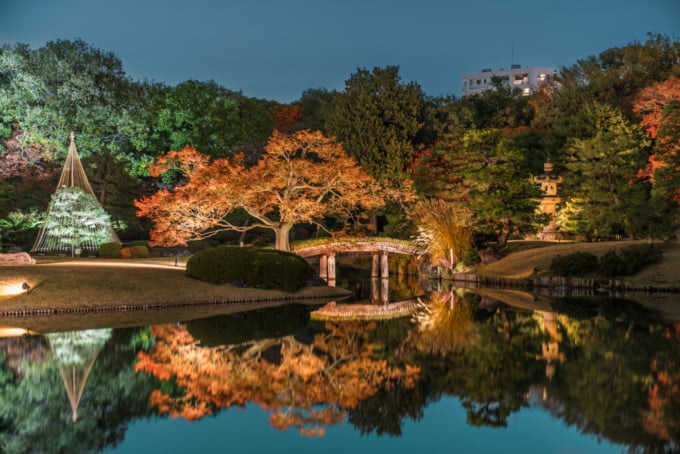
Photo by Aki_tk/Shutterstock
Rikugien is among the most beautiful nature landscapes in Tokyo. This picturesque parkland was founded around 1702 by Yoshiyasu Yanagisawa, a close friend of the Shogun. The garden's design is inspired by classical Japanese poetry or 'waka poetry', and the name 'Rikugi' refers to the six forms poetry can be classified into according to ancient Chinese writings. Rikugien is praised for its seasonal illuminations of the cherry blossoms in spring and the beautiful autumn colors in fall.
Hamarikyu Gardens
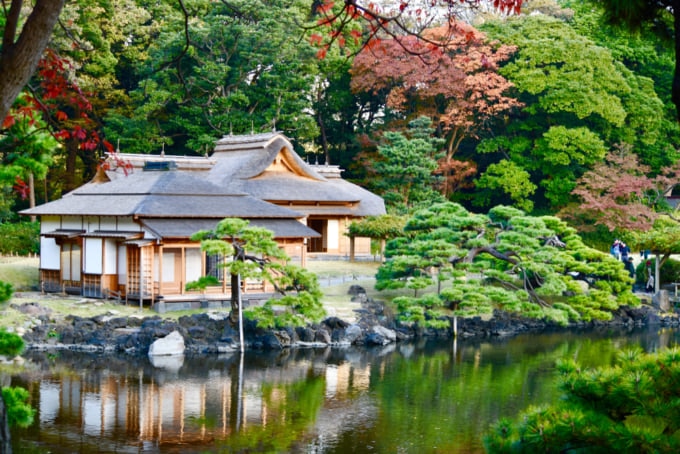
Photo by leiko_araki/Shutterstock
The former playground of the local lords and nobility, the spacious grounds of Hamarikyu once boasted a duck hunting ground and stables, surrounded by a moat like a castle. The gardens are located right on the bay, and its Shioiri-no-Ike is a saltwater pond that fills with the high tides by a system of sluice gates, the only one of its kind in Tokyo. Hamarikyu was passed down from the Shoguns to the Imperial Family before being donated to the metropolitan government in 1945, and remains the most regal and impressive of Tokyo's traditional strolling gardens.
Koishikawa Korakuen Gardens
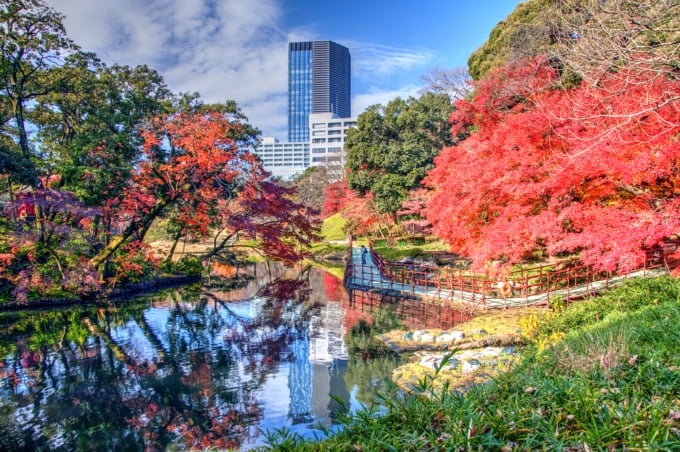
Photo by Krishna.Wu/Shutterstock
The former private garden of the Mito Tokugawa clan's second residence, Koishikawa Korakuen is a small but pleasant strolling garden featuring a pond, gently sloping hills and even a rice paddy. One of the gardens most interesting features is the 'Full Moon Bridge', the reflection of which is said to create the image of a full moon on the water. The founder's son Mitsukuni was fascinated by Chinese literature and aesthetics, and he created the bridge and other features with cultural ties to China.
Kyu-Shiba-Rikyu Gardens
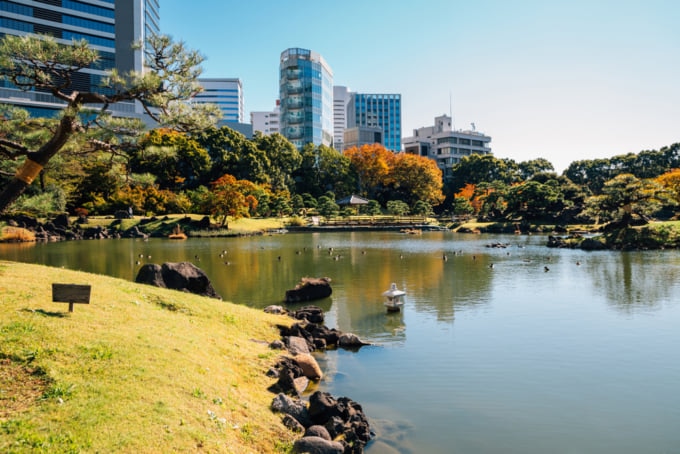
Photo by Sanga Park/Shutterstock
The landscape of Kyu Shiba Rikyu is dominated by an enormous pond, which is divided by a walkway and dotted with small islands called Nakajima and Oshima. At one end of the pond, there's a sandy stretch of shore called Suhama reminiscent of a Japanese zen garden. Kyu Shiba Rikyu was virtually destroyed by the Great Kanto Earthquake of 1923, but was restored the following year and donated to the Tokyo government by the Imperial Household Agency, who purchased the garden in 1875.
In Conclusion
The popularity of Japanese landscape gardens grew during the Edo Period, when the typical style of these spacious parklands was perfected. While not all of Tokyo's best gardens are ancient, they are all stunning examples of this distinct type of horticultural design, and best enjoyed with a leisurely stroll.


